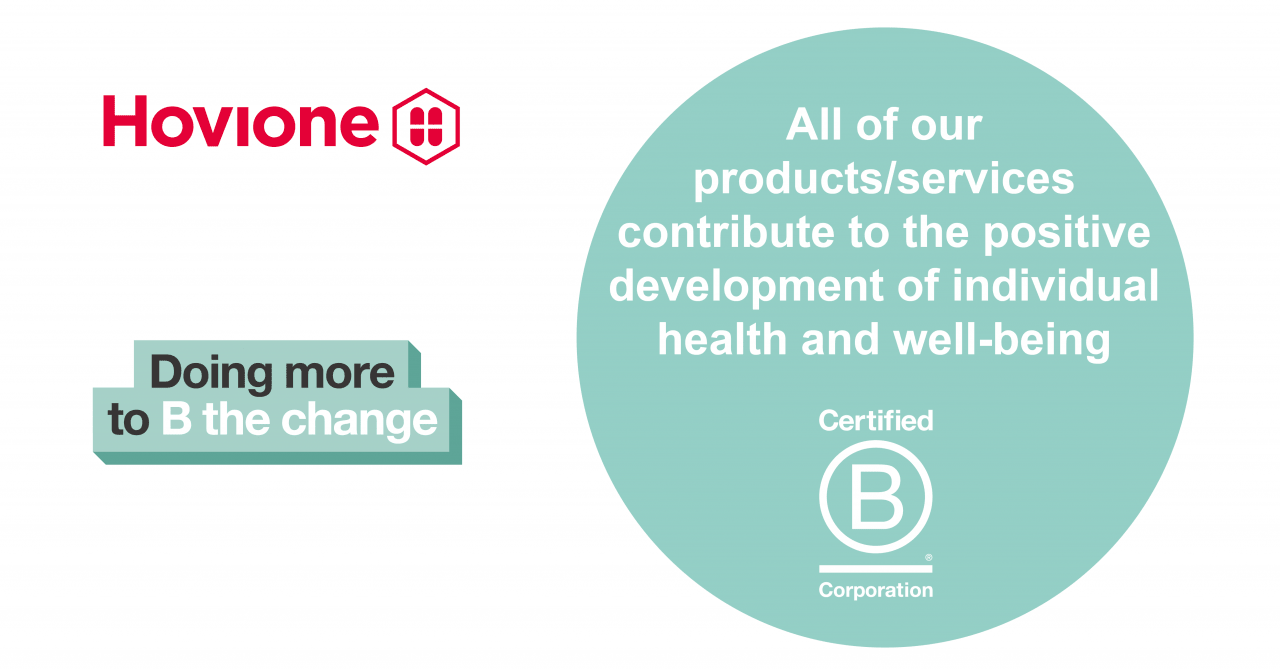Press Room
To be the Best for the World®
March is B Corp Month

March is B Corp Month. It is also the month where all B Corps are together spreading the word about this global movement of people who use business as a force for good™.
All of our products/services contribute to the positive development of individual health and well-being.
How?
We want to contribute to redefine success in business, meeting the highest standards of social and environmental performance, setting our team members for success and personal satisfaction, and aspiring to use the power of markets to solve social and environmental problems. Collectively, B Corps lead a growing global movement of people using business as a force for goodTM. We believe that B Corps, through the power of their collective voice, are competing to be the best for the world® and through them, society will enjoy a more shared and durable prosperity.
We are all in this world together and need to take responsibility towards each other.
We are In it for life.
You might be interested in:

